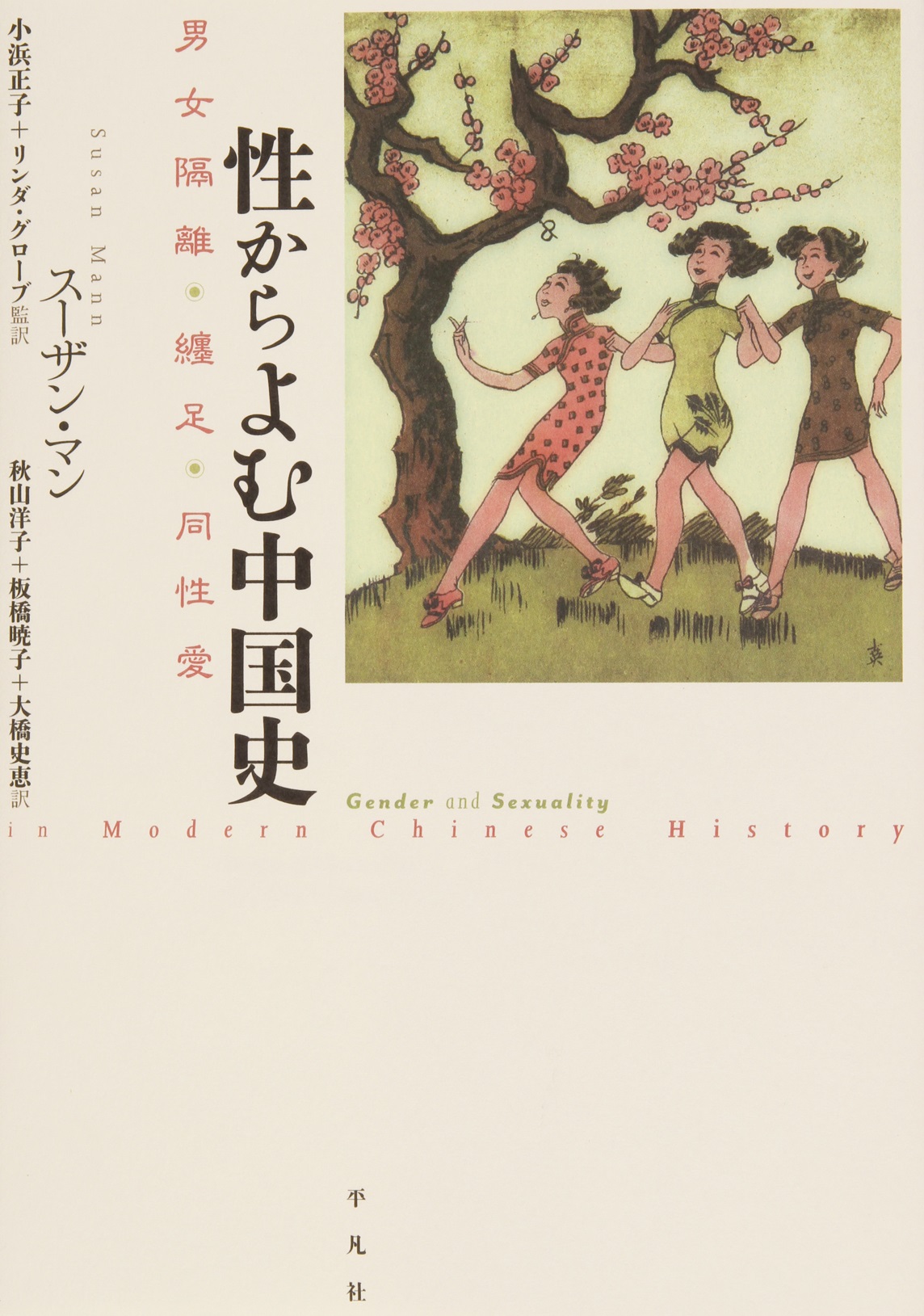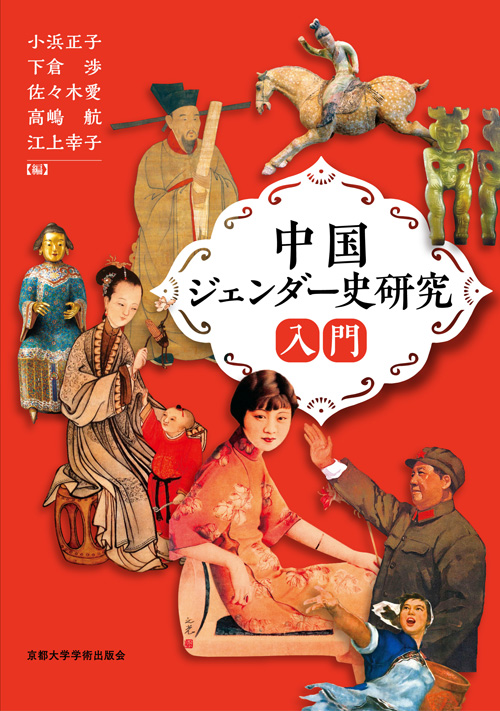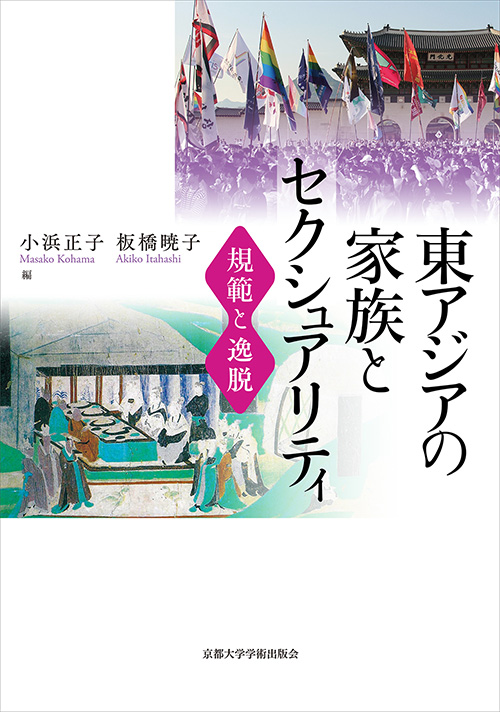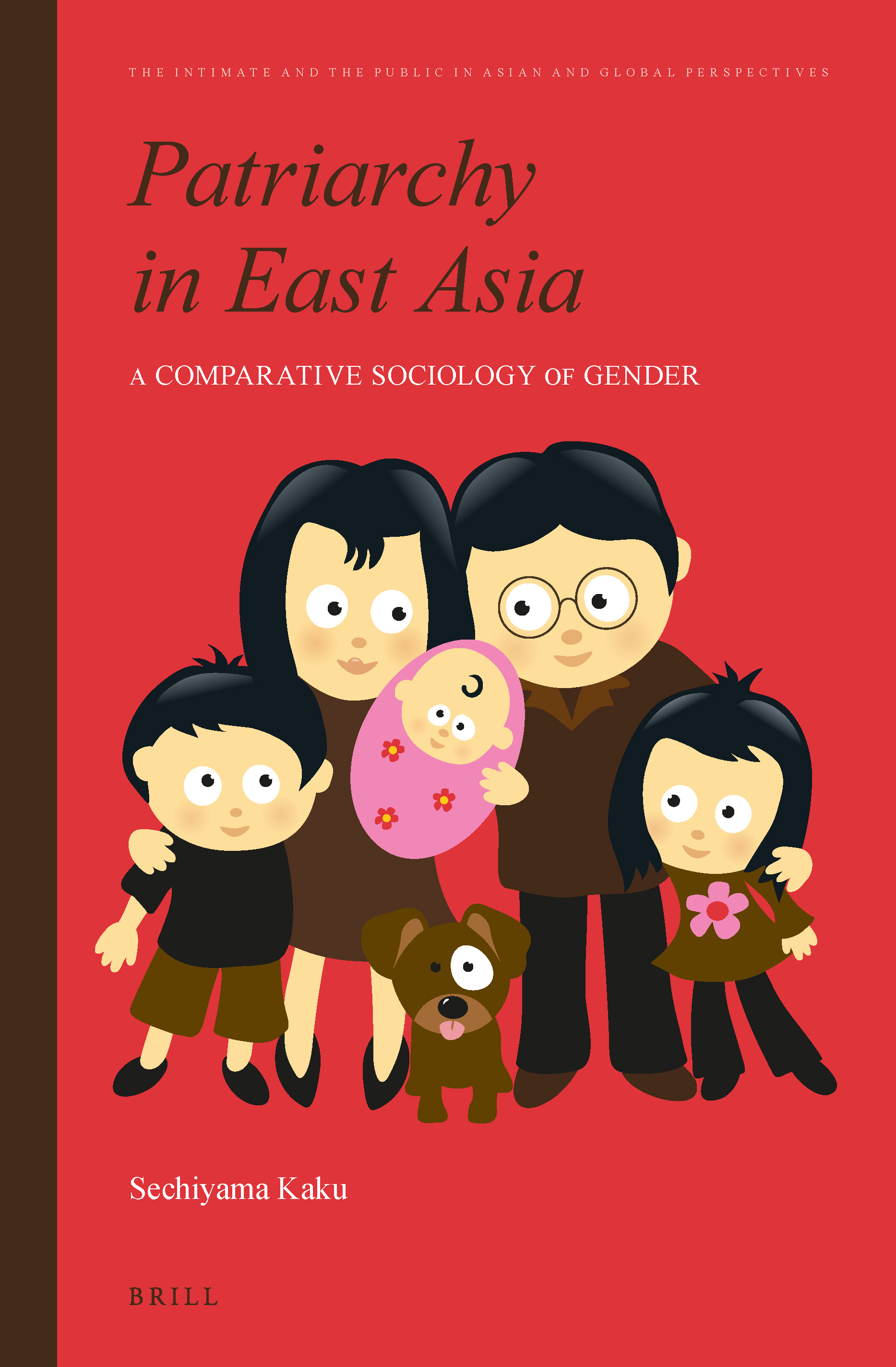
Title
Sei kara yomu chūgoku shi: danjo kakuri, tensoku, dōseiai (Chinese History Seen through Gender/Sexuality - The Separation of the Sexes, Foot-Binding, and Same-Sex Relationship)
Size
320 pages, A5 format
Language
Japanese
Released
June, 2015
ISBN
9784582482218
Published by
Heibonsha
Book Info
See Book Availability at Library
Japanese Page
As the original title Gender and sexuality in modern Chinese history shows, this book describes how gender order and sexuality construction have developed during the era of late imperial China, the Republic of China, and the People's Republic of China.
The author, Professor Emeritus of UC Davis Susan L. Mann, is a leading researcher in the field of Chinese gender history in the United States. One of her works, The Talented Women of the Zhang Family, received the John K. Fairbank Prize in East Asian History from the American Historical Association. As shown in The Talented Women, Prof. Mann specializes in the Qing era; thus, the arguments and observations regarding the Ming-Qing era are richer than those of the other pre-modern eras in this book. Just as the Japanese title means, however, each chapter in this book shows an overview of Chinese history. Reading through this book, you will recognize the change and constancy since modern times (just like the copy “what has changed and not changed,” which the publisher (heibonsha) worked out for this book).
The most essential advantage of this book is the collection and organization of the achievements and trends of Chinese gender history research in the English-speaking world until around the 2000s. We are already living in the 2020s and can expect more research results to be published in English hereafter. However, grasping issues and interests posed by the pioneers in Chinese gender history, which may lead to reconsidering the current framework for discussion, must still be meaningful today.
Several researchers who specialize in Chinese modern history or gender history have already written enlightening reviews for this book; therefore, more words written by me, a researcher of Chinese ancient history, may seem pointless. However, for this essay, I would like to quote some sentences from the Afterword of this book: “To learn how another culture treats gender and sexuality is to open one’s eyes to other ways of being in the world... it is to understand that critical historical analysis of sexuality opens the mind and frees the spirit to reflect on one’s own culture with an appreciation for its dangerous limitations as well as its glorious possibilities.” (pp. 199-200) This strong belief expressed by a professor who taught Chinese history at a university in the United States is what we, who are studying it in Japan, should listen to, reflecting on ourselves.
If I am to mention this book’s deficits as one of the translators, some citations from Chinese classics in this book are quoted from English translations, and the original texts might not always be consulted. Some misreading caused by this problem has been corrected in the translators’ notes.
(Written by ITAHASHI Akiko, Assistant Professor, Network for Education and Research on Asia / 2020)
Table of Contents
Introduction: The cloistered lady and the bare stick
Part I - Gender, Sexuality, and the State
1 - Family and state: the separation of the sexes
2 - Traffic in women and the problem of single men
3 - Sexuality and gender relations in politics and law
PART II - GENDER, SEXUALITY, AND THE BODY
4 - The body in medicine, art, and sport
5 - The body adorned, displayed, concealed, and altered
6 - Abandoning the body: female suicide and female infanticide
Part III - Gender, Sexuality, and the Other
7 - Same-sex relationships and transgendered performance
8 - Sexuality in the creative imagination
9 - Sexuality and the Other
Conclusion: Gender, sexuality, and citizenship
Afterword: Gender and sexuality: useful categories of historical analysis?
Related Info
Susan L. Mann “Gender and Sexuality in Modern Chinese History” (Cambridge University Press, June 2012)
https://www.cambridge.org/core/books/gender-and-sexuality-in-modern-chinese-history/A56EED2569B4B3148C0D4D32642F88A4



 Find a book
Find a book




